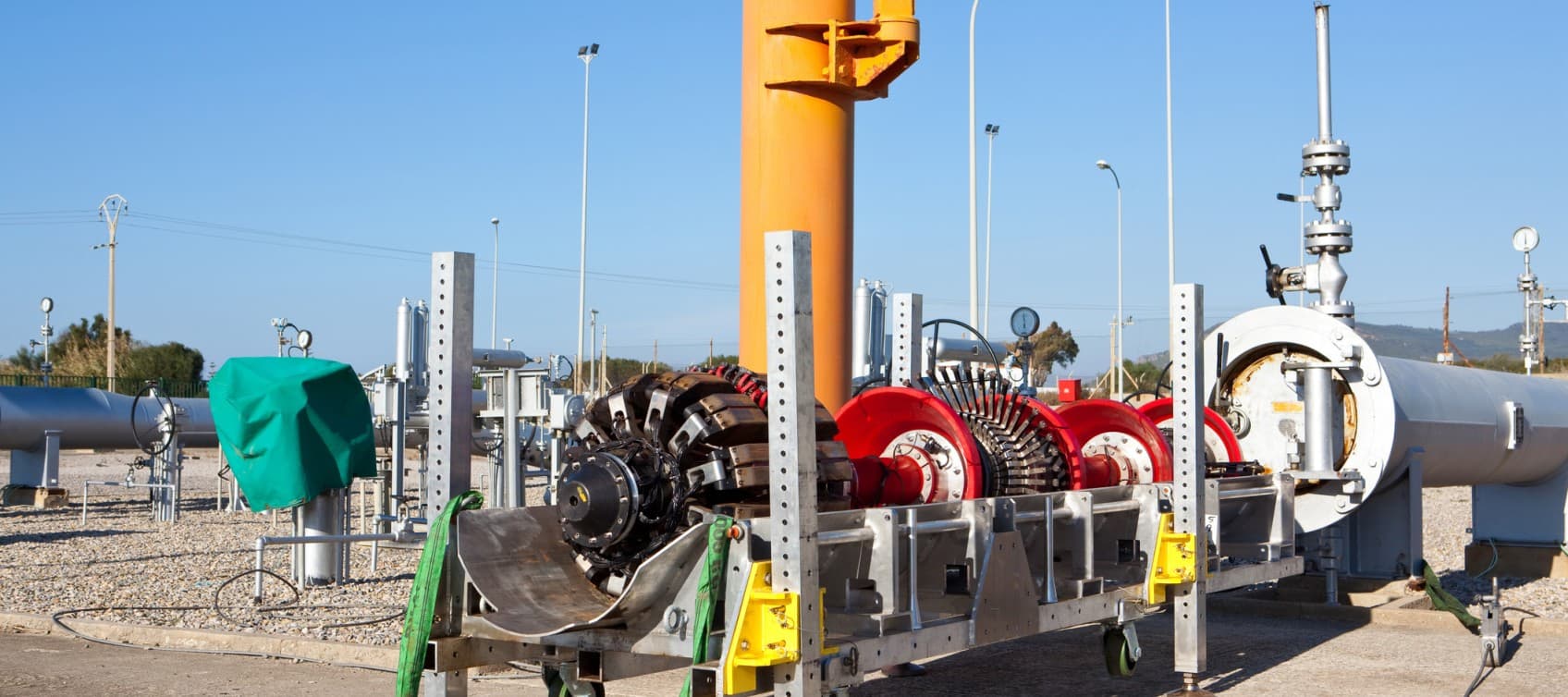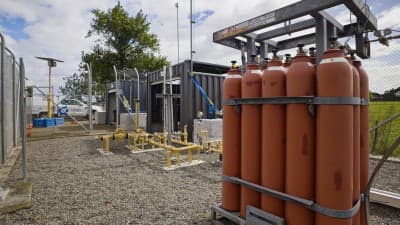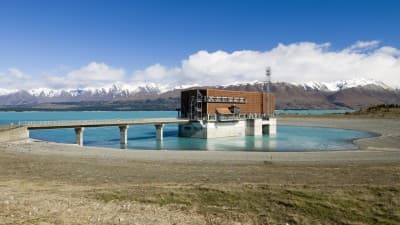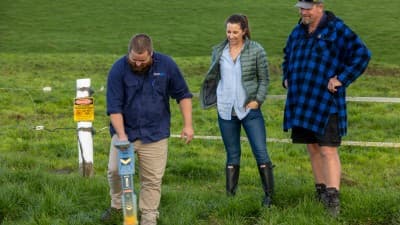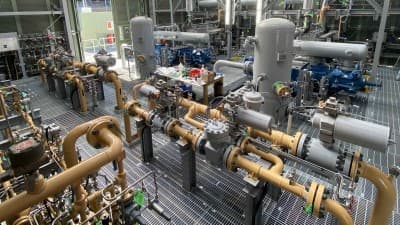Gas pipeline’s provide us with a safe and efficient way to flow natural gas, but they do need to be properly maintained, inspected regularly and kept clean. There can be some erosion of the pipes, and deposits can build up inside them. This applies to a range of utilities in New Zealand, including water mains, stormwater pipes, sewage lines, fuel pipelines and our own Firstgas pipeline.
Cleaning pigs and smart pigs
Maintaining the inside of a pipe is tricky when it’s underground, so to help us with the job, we use ‘pigs’ - a cylindrical device that fits snugly inside the pipeline and uses various cleaning methods like brushes, cups or scrapers to inspect and remove debris from pipes. Pigs are devices that clean our pipelines, in a process known as pigging.
The most basic type of pig is a cleaning pig. It works just like the brush that cleans out a reusable drinking straw. It moves through the pipe, using wire strands to scour the interior and remove any deposits. This technique dates back hundreds of years, with the first pipe scrapers made from straw bales wrapped in barbed wire. The noise made by some of the early scrapers moving through the pipes sounded like a pig squealing, which is how pigging got its name.
Then there are smart pigs, or intelligent in-line inspection (ILI) pigs, which look for any problems and report back on the condition of the pipeline. They are units fitted with a range of sensors and probes. Smart pigs use technology like Magnetic Flux Leakage (MFL) or Ultrasonic Testing (UT) to detect and measure corrosion, cracks, dents, and other issues inside the pipeline early so that any affected pipelines can be repaired or replaced. This is an important way to prevent a potential pipeline issue developing.
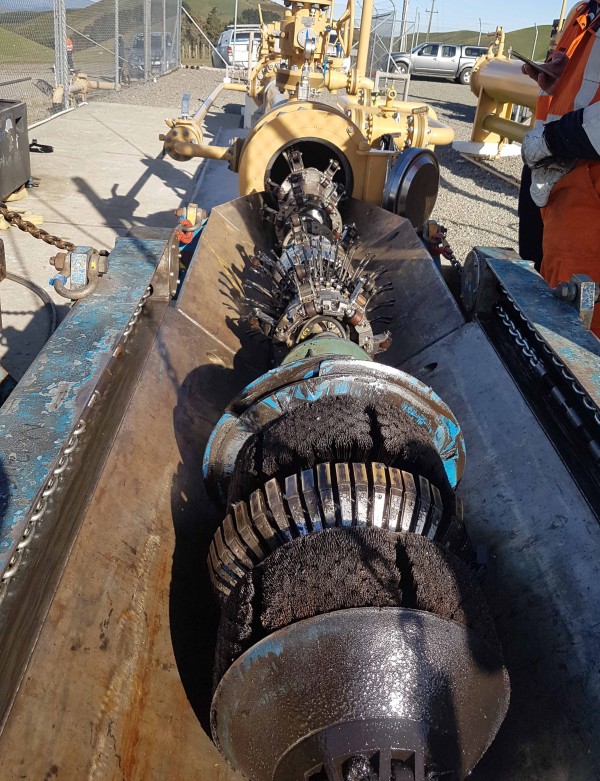
Pig launchers and pig receivers
Pigging can take place without disrupting the flow of gas and pipes are designed to allow for this. A ‘pig launcher’ is a section of pipeline that can be temporarily opened while the pig is put into the pipeline, then the gas pushes the pig along to the receiving section of pipe, known as the ‘pig receiver’.
Pigging is a routine activity conducted as part of a Pipeline Integrity Management Plan. Recently the pipeline from Reporoa to Tāupo, was inspected and cleaned. This line is transporting biomethane a renewable gas from the recently commissioned biogas upgrade facility in Reporoa, fed into the Firstgas pipeline via a small lateral from the facility.
While not all our pipelines are currently pigging enabled, we have budget set aside to make changes to some of our older and small diameter pipelines so we can conduct more pigging in future to ensure safe, efficient gas flow throughout the national grid.
To learn about how Clarus is supporting the transition to a net carbon neutral New Zealand, visit Future of Energy.

